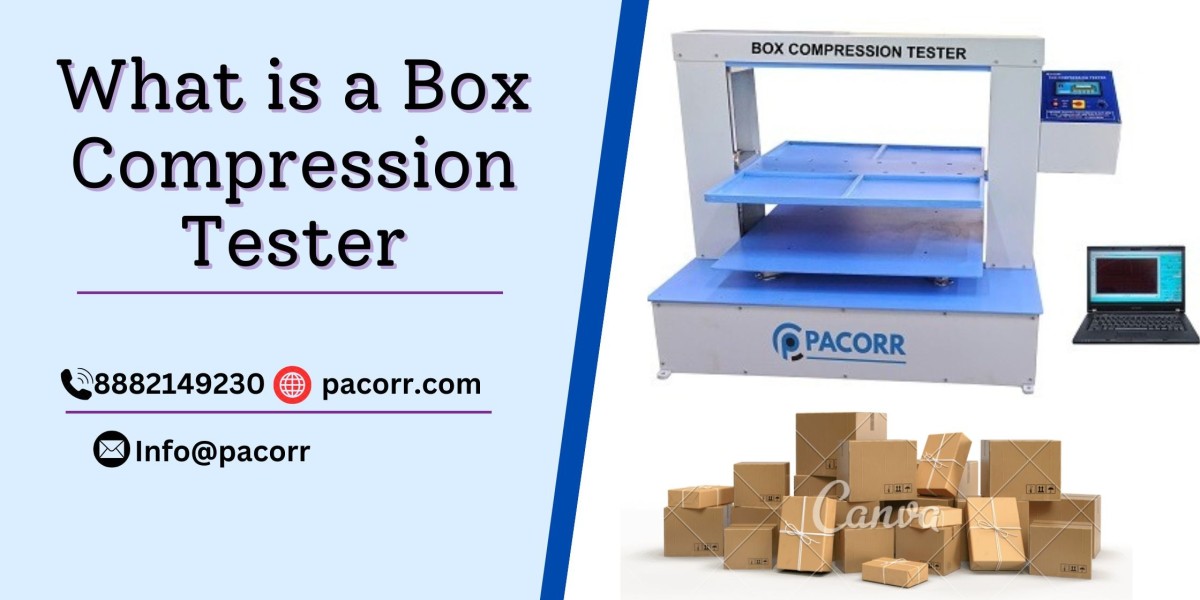When it comes to ensuring the quality and durability of packaging materials, the Box Compression Tester is a game-changer. Whether youre in the packaging industry or dealing with product shipping, understanding the role of this equipment can save you from costly damages and customer dissatisfaction.
Why is Box Compression Testing Important?
- Ensures Durability: The primary role of a box compression tester is to identify the load-bearing capacity of a box. This ensures the packaging wont collapse under the weight of stacking or transit conditions.
- Reduces Shipping Losses: Weak packaging can lead to product damage during shipping, resulting in customer complaints and revenue loss. Compression testing minimizes this risk.
- Optimizes Material Usage: Testing helps manufacturers determine the right material and thickness for their packaging, avoiding overuse and saving costs.
- Compliance with Standards: Many industries require packaging to meet specific standards such as ASTM or ISO for compressive strength. A BCT ensures compliance.
How Does a Box Compression Tester Work?
A Box Compression Testing applies a steadily increasing compressive force to a box until it deforms or collapses. The instrument measures:
- Maximum Load Capacity: The highest force a box can handle.
- Deformation Rate: The level of deformation under a specific force.
- Failure Point: The force level at which the box fails structurally.
Modern testers often come with digital displays for precise measurements and automated testing cycles.
Features of a High-Quality Box Compression Tester
When investing in a Box Compression Tester, ensure it includes the following features:
- Robust Build: Durable construction to handle high-pressure testing.
- Digital Controls: Advanced software integration for accuracy and data tracking.
- Adjustable Platen Size: Flexibility to test boxes of various dimensions.
- User-Friendly Interface: Easy-to-use controls for seamless operation.
- Compliance Support: Adheres to testing standards like ASTM D642, ISO 12048, or TAPPI T804.
Industries that Benefit from Box Compression Testing
- E-commerce and Retail: Ensures products reach customers in perfect condition.
- Logistics: Prevents packaging failures during transportation.
- Food and Beverage: Ensures the integrity of cartons carrying perishable items.
- Pharmaceuticals: Guarantees the safety of medicines and health products.
- Manufacturing: Validates the durability of heavy-duty packaging.
Tips for Effective Compression Testing
- Pre-Test Inspection: Ensure the Box Strength Tester is free from any pre-existing damages or defects.
- Calibrate Regularly: Proper calibration of the tester ensures accurate results.
- Replicate Real-World Conditions: Mimic actual stacking and load conditions for a more realistic evaluation.
- Analyze Results Thoroughly: Use test data to improve box design and material selection.
Why Choose Pacorr for Box Compression Testers?
At Pacorr.com, we specialize in providing high-quality testing equipment that meets global standards. Heres why you should consider us for your box compression testing needs:
- Cutting-Edge Technology: Our testers feature the latest advancements for precise results.
- Comprehensive Support: From installation to after-sales service, were with you every step of the way.
- Customization Options: Need a tester tailored to specific dimensions or features? Weve got you covered.
- Competitive Pricing: Get top-notch equipment without breaking your budget.
Conclusion
The Box Compression Tester Price is an indispensable tool for ensuring the quality and reliability of packaging materials. By investing in this technology, businesses can reduce losses, enhance customer satisfaction, and stay compliant with industry standards. At Pacorr.com, were committed to helping you achieve these goals with the best-in-class testing equipment.








